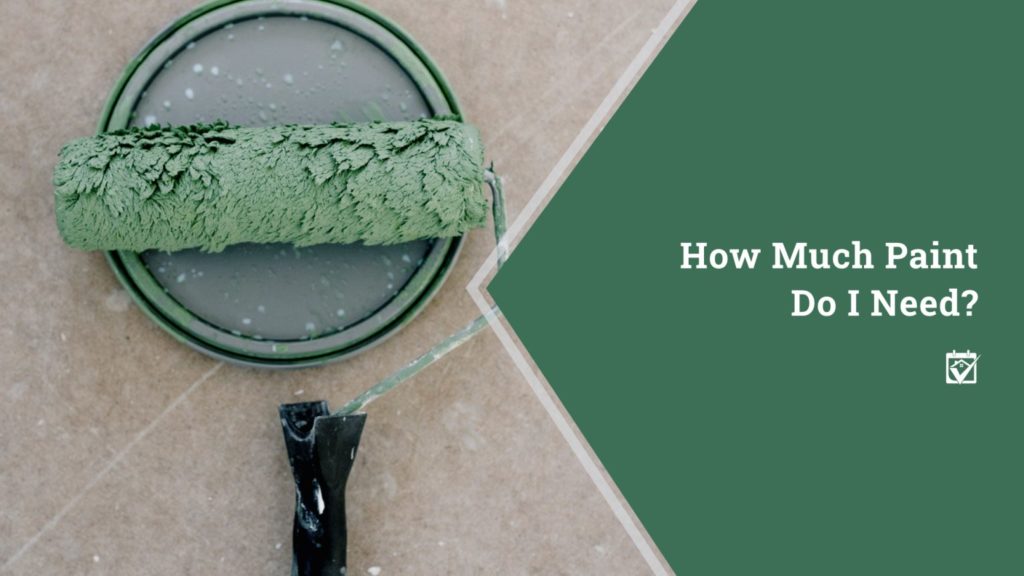
Paint, paint, glorious paint! It’s one of the least expensive materials you can buy for your house that delivers one of the biggest visual punches. It also fixes a myriad of problems. Got a tired exterior? Paint. The interior of your home feels like it’s closing in on you? Paint. Bought a couch that you love, but clashes with everything else? PAINT.
In all seriousness, paint is a great way to brighten, enliven, and give your home a serious face lift – inside and out. But once you’ve picked a color, what comes next? How do you choose the right paint and actually buy the right amount for your project?
Choosing Your Perfect Paint
Choosing paint can be overwhelming. There are always a variety of grades and characteristics to choose among, leaving a lot of people very confused and frustrated. Here are a few things to watch out for when picking your paint:
-
Composition.
There are other options for paint, but for most homeowners, the biggest choice is between latex and oil. Latex paint offers easy clean-up, but can be slightly soft when fully cured, making it a poor choice for high traffic areas. On the other hand, oil is far more difficult to clean up, but will pretty much go over anything and harden much better to handle years and years of abuse.
-
Sheen.
Your walls are your own, and only you can decide just how shiny they should be. When you’re choosing your paint sheen, it might feel like a no-brainer to go with the shiniest paint out there, but take a moment and consider that glossy paint shows a lot of sins, and few houses are really perfect. So if your walls or other surfaces are less than perfect, the flaws could stand out badly. On the other hand, something like eggshell hides a lot of sins, but can be extremely difficult to clean, should it get dirty.
-
Durability.
Paint is paint is paint, right? Sadly, not even remotely. There are paints that start around $20 a gallon and there are paints that could be four times as much. Both are priced the way they are because of different characteristics they possess, but durability is a huge factor in the pricing. Cheap paint is just that: cheap. It’s generally not meant to last very long, which will leave you having to redo it again soon. On the other hand, top of the line paint is likely impregnated with UV-resistant materials, weather-resistant chemicals, and other fancy stuff to keep your paint looking good for longer.
-
Coats to Coverage.
Most paints will tell you how many coats it’ll take to cover your wall (generally assuming you’ve properly primed first). This is really important information when it comes to figuring out how much paint you need. One coat coverage from a $50 gallon of paint is often still cheaper than three coat coverage from a $20 gallon.
Doing the Paint Math
As far as how to calculate your paint needs, it’s important to keep in mind that you’re definitely going to have some loss to waste, so your calculations are really more like estimates. Painting isn’t a precise science; it’s more of an art, and how much paint ends up being used is influenced by your tools and techniques, as well as the paint and walls themselves.
To calculate your paint needs, simply multiply your surface height by its length, in feet. So, if you’re painting a 10 foot by 20 foot wall, you’d need coverage for 200 square feet. Check the paint you’re interested in to see how many feet the bucket should cover and in how many coats. A lot of paint gallons cover approximately 250 square feet, which would be great for your first coat on this wall.
If you need two or more coats, you’ll need two or more times that much paint. It’s better to round up than down, since you’re almost certainly going to find spots you want to touch-up later. Plus, if your paint is custom tinted, you’re going to get a much better match if it’s all done together. Even in the age of computerized paint mixing, you can still end up with a day when the machine is feeling a bit off.
For information on buying or selling a home or if I can help you in any way, contact Michelle Lohman or email me at michelle@michellelohman.com.
Michelle Lohman, Associate Broker
Realty One Group

All content provided on this blog is for informational purposes only. The owner of this blog makes no representations as to the accuracy or completeness of any information on this site or found by following any link on this site. The owner will not be liable for any errors or omissions in this information nor for the availability of this information. The owner will not be liable for any losses, injuries, or damages from the display or use of this information.

Leave a Reply
You must be logged in to post a comment.